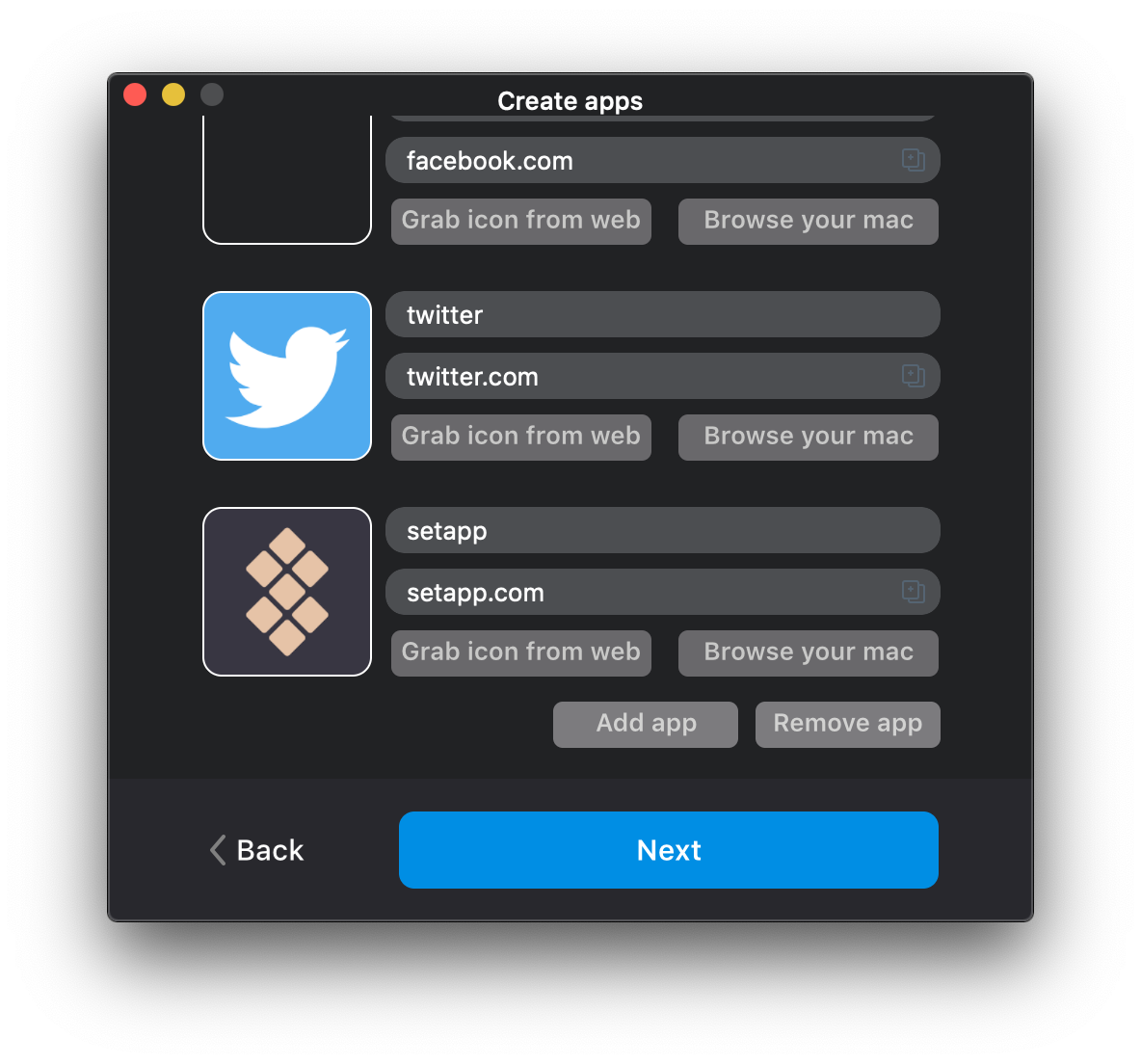-->
- Coherence 5 2 3 – Turn Websites Into Apps Using Python
- Coherence 5 2 3 – Turn Websites Into Apps Using Pc
Azure App Service provides a highly scalable, self-patching web hosting service. This quickstart shows how to deploy a basic HTML+CSS site to Azure App Service. You'll complete this quickstart in Cloud Shell, but you can also run these commands locally with Azure CLI.
Coherence. Coherence refers to the overall sense of unity in a passage, including both the main point of sentences and the main point of each paragraph. Coherence focuses the reader's attention on the specific people, things, and events you are writing about To Improve Cohesion For Cohesion in Sentence Beginnings. Put the OLD FIRST. HUMANKIND™ Perplexities and bugs. Perplexities and bugs. I arrived several times towards the 800 900 game turns and with the last patch I noticed that sometimes the ai at the change with the era do not change their dress, then another thing, the ai always tend to choose the usual path of civilization like for example Midas always ends in the. Once deployment has completed, switch back to the browser window that opened in the Browse to the app step, and refresh the page. Manage your new Azure app. To manage the web app you created, in the Azure portal, search for and select App Services. On the App Services page, select the name of your Azure app. You see your web app's Overview page. Educational games for grades PreK through 6 that will keep kids engaged and having fun. Topics include math, reading, typing, just-for-fun logic games and more!
If you don't have an Azure subscription, create a free account before you begin.
Use Azure Cloud Shell
Azure hosts Azure Cloud Shell, an interactive shell environment that you can use through your browser. You can use either Bash or PowerShell with Cloud Shell to work with Azure services. You can use the Cloud Shell preinstalled commands to run the code in this article without having to install anything on your local environment.
Daisydisk 4 6 5. To start Azure Cloud Shell:
| Option | Example/Link |
|---|---|
| Select Try It in the upper-right corner of a code block. Selecting Try It doesn't automatically copy the code to Cloud Shell. | |
| Go to https://shell.azure.com, or select the Launch Cloud Shell button to open Cloud Shell in your browser. | |
| Select the Cloud Shell button on the menu bar at the upper right in the Azure portal. |
To run the code in this article in Azure Cloud Shell:
Start Cloud Shell.
Select the Copy button on a code block to copy the code.
Paste the code into the Cloud Shell session by selecting Ctrl+Shift+V on Windows and Linux or by selecting Cmd+Shift+V on macOS.
Select Enter to run the code.
Coherence 5 2 3 – Turn Websites Into Apps Using Python
Download the sample
In the Cloud Shell, create a quickstart directory and then change to it.
Next, run the following command to clone the sample app repository to your quickstart directory.
Create a web app
Coherence 5 2 3 – Turn Websites Into Apps Using Pc
Change to the directory that contains the sample code and run the az webapp up command. In the following example, replace with a unique app name. Static content is indicated by the --html flag.
Peakhour 4 network performance monitor 4 1 7. The az webapp up command does the following actions:
Create a default resource group.
Create a default app service plan.
Create an app with the specified name.
Zip deploy files from the current working directory to the web app.
This command may take a few minutes to run. While running, it displays information similar to the following example:
Make a note of the resourceGroup value. You need it for the clean up resources section.
Browse to the app
In a browser, go to the app URL: http://.azurewebsites.net.
The page is running as an Azure App Service web app.
Congratulations! You've deployed your first HTML app to App Service.
Update and redeploy the app
In the Cloud Shell, type nano index.html to open the nano text editor. In the
heading tag, change 'Azure App Service - Sample Static HTML Site' to 'Azure App Service', as shown below.
Save your changes and exit nano. Use the command ^O to save and ^X to exit.
You'll now redeploy the app with the same az webapp up command.
Once deployment has completed, switch back to the browser window that opened in the Browse to the app step, and refresh the page.
Manage your new Azure app
To manage the web app you created, in the Azure portal, search for and select App Services.
On the App Services page, select the name of your Azure app.
You see your web app's Overview page. Here, you can perform basic management tasks like browse, stop, start, restart, and delete.
The left menu provides different pages for configuring your app.
Clean up resources
In the preceding steps, you created Azure resources in a resource group. If you don't expect to need these resources in the future, delete the resource group by running the following command in the Cloud Shell. Remember that the resource group name was automatically generated for you in the create a web app step.


